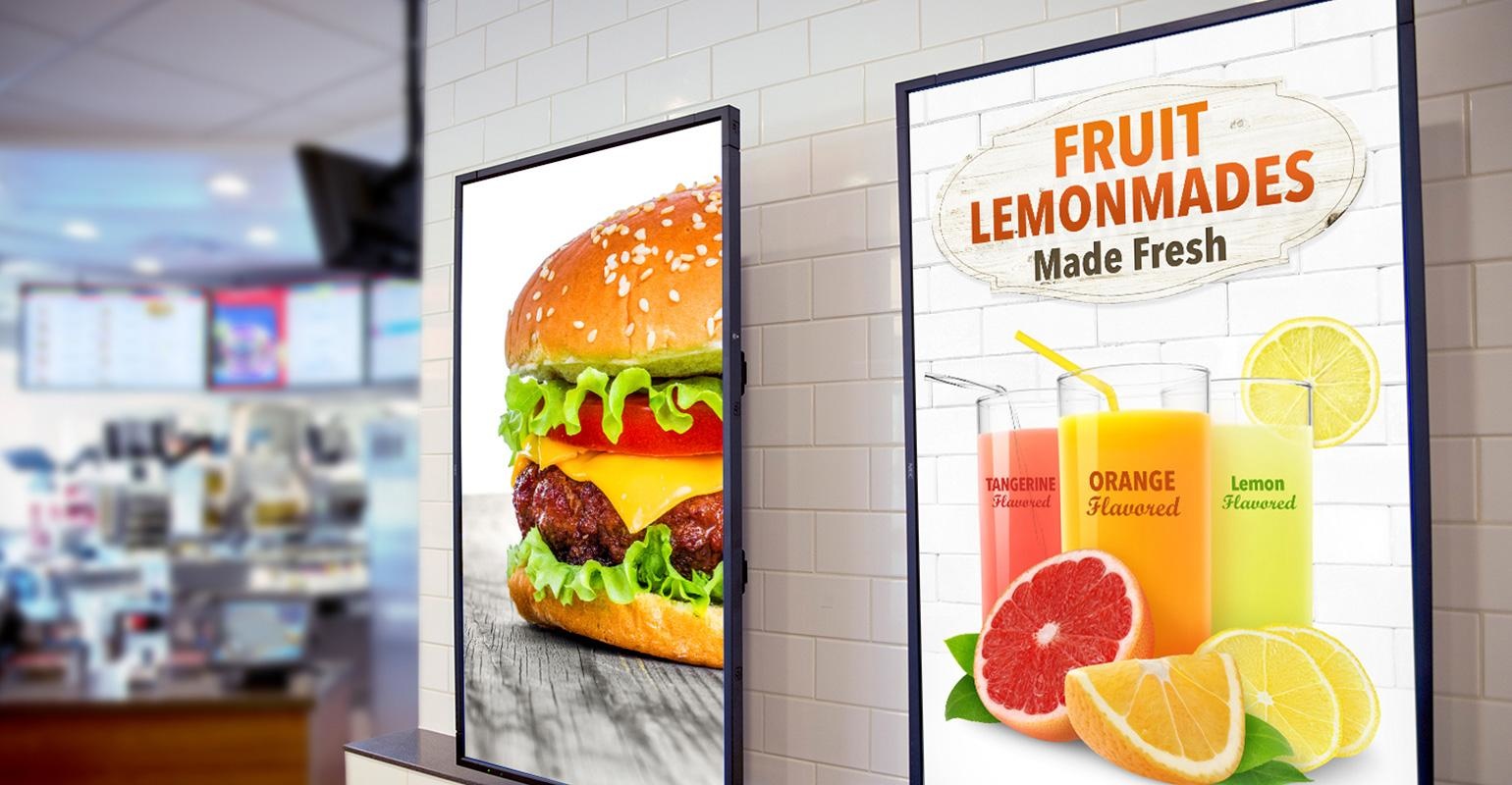Innovating with Digital Signage Software: A Look into the Future of Media Displays
Explore the future of digital signage software and its impact on media displays. Learn about the latest advancements, interactive technologies, and the potential for revolutionizing communication and audience engagement.
Author
EZ-AD TVInnovating with Digital Signage Software: A Look into the Future of Media Displays
Introduction
In the realm of technology, digital signage is a force to be reckoned with, transforming the way we interact with the world around us.
From passive content delivery to an advanced, interactive system that pulls real-time content from various sources, this technology is a game-changer. This blog post aims to demystify digital signage, exploring its definition, applications, and potential.
Understanding Digital Signage
Digital signage is a digital installation that showcases video or multimedia content for advertising or informational purposes. It's ubiquitous, from bus station advertisements to airport gate information, fast food restaurant menus, and museum directions.
This market, valued at USD 20.8 billion in 2019, is projected to reach USD 29.6 billion by 2024, indicating its immense potential and impact.
The Anatomy of Digital Signage
This technology is more than just hardware; it's a combination of roles, functions, and technical capabilities. It comprises three key elements: Content, Hardware, and Software.
The content includes audio, video, images, graphics, text, and more, assembled to narrate unique stories.
The hardware consists of physical components like screens, mounts, payment devices, printers, cameras, etc.
The software is the digital infrastructure that facilitates the creation, deployment, management, and analysis of content deployed on the hardware.
The Role of Digital Signage Software
Digital signage software is a crucial component that enables users to create digital signage experiences. It should allow for easy incorporation of interactivity, hardware integration, third-party services, and data collection for analytics.
It should support any multimedia format and facilitate collaboration and remote deployment. The software primarily performs four functions: Content Creation, Content Management and Distribution, Device/Player Management, and Performance Measurement.
The Future of Digital Signage Software
The future of digital signage software lies in its ability to incorporate interactivity beyond touch, connect to the world, and act as a sensor. It will enable interactions through speech recognition, motion sensors, tangible objects, demographic-based interactions, remote actions, and gesture recognition.
It will connect and retrieve content from third-party sources, expanding the scope of content and the type of information that can be added to a digital signage experience. Moreover, digital signage will capture information about the audience and their behavior patterns, providing valuable insights.
Conclusion
The landscape of digital signage is rapidly evolving, with software driving innovation and shaping its future. As this technology advances, we can expect increased interactivity, connectivity with other systems, and the use of digital experiences as a sensor.
These advancements will provide businesses with more potent opportunities to deliver unique experiences, engage customers, and gather valuable data points. The future of digital signage software is indeed promising, offering breakthrough capabilities and insights into consumer preferences.



